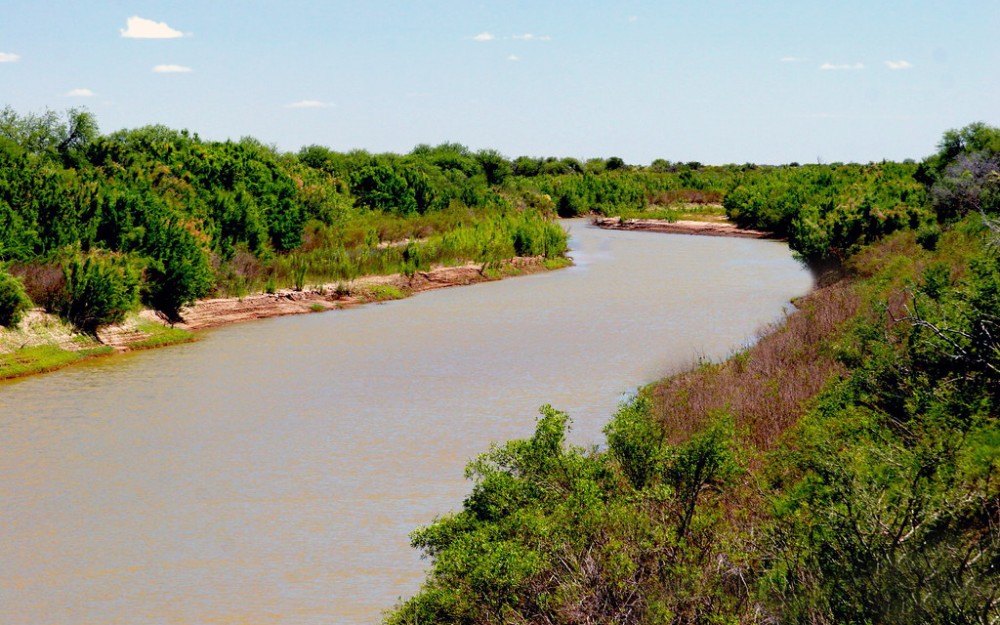Lake Poopo

Largest tributaries
Lake Poopó was a large saline lake in a shallow depression in the Altiplano Mountains in Oruro Department, Bolivia, at an altitude of approximately 3,700 m (12,100 ft). Because the lake was long and wide (90 by 32 km, 56 by 20 mi), it made up the eastern half of the department, known as a mining region in southwest Bolivia. The permanent part of the lake body covered approximately 1,000 square kilometers (390 sq mi) and it was the second-largest lake in the country.
The lake received most of its water from the Desaguadero River, which flows from Lake Titicaca at the north end of the Altiplano. Since the lake lacked any major outlet and had a mean depth of fewer than 3 m (10 ft), the surface area differed greatly seasonally.
In 2002 the lake was designated as a site for conservation under the Ramsar Convention. By December 2015, the lake had completely dried up, leaving only a few marshy areas. Although the lake has dried up completely twice in the past, it does not appear that it will recover this time. Suggested causes of the decline are the melting of the Andes glaciers and loss of their waters, because of a drought due to climate change, as well as continued diversion of water for mining and agriculture.
Flora and fauna
There are only three fish species in the system: the native pupfish Orestias agassizii and catfish Trichomycterus rivulatus, and the introduced silverside Odontesthes bonariensis. The lake had a relatively large fish population, but by 2017 pollution and the near-complete reduction of water had all but decimated the locally important fishing industry.
The aquatic bird life was very diverse, with a total of 34 species. Most famous are the three species of flamingo (Andean, James, and Chilean), which mainly lived in the shallow lagoons in the northern and eastern parts of the lake. An inventory of the bird population, made in 2000 in cooperation with BirdLife International, identified 6 threatened species and others that are near-threatened. Among these are the Andean flamingo and the Andean condor.
A total of 17 higher plants and 3 species of algae were identified in and around Lake Poopo. Due to the constant drought and flooding, the littoral zone experiences great disturbances. As a result, there was hardly any vegetation to be found on the shores of the lake.





